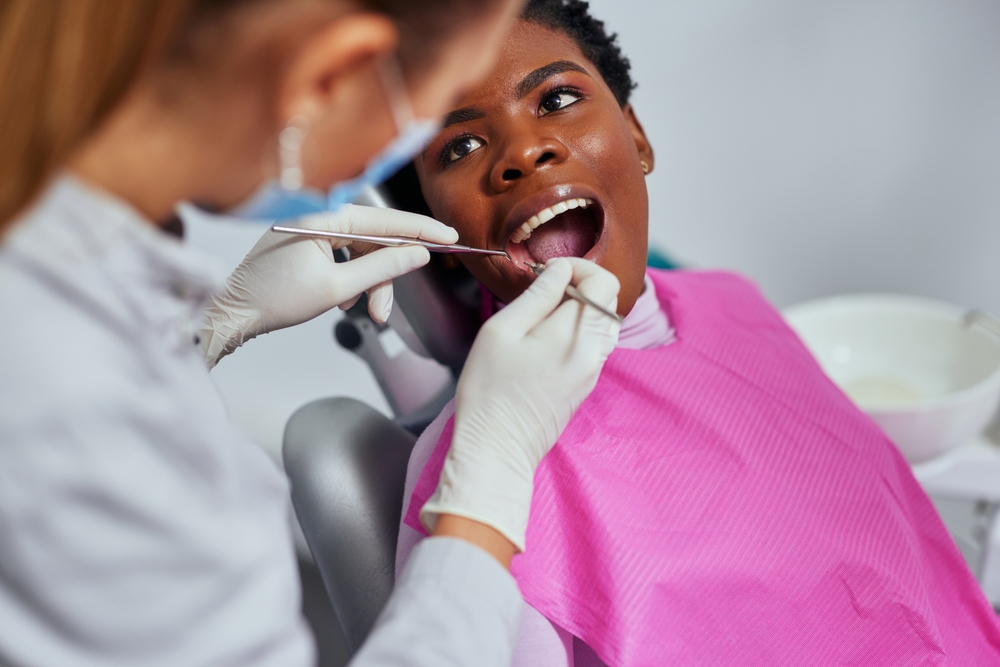As the world observes Oral Health Day, it has been reported that Africa faces significant limitations in access to oral health services. According to the World Health Organization (WHO), only 17% of Africans have access to oral healthcare across the continent. This information was shared in a report by Dr. Chikwe Ihekweazu, the Acting Regional Director for Africa at the WHO, during his message to commemorate World Oral Health Day in 2025.
World Oral Health Day is celebrated annually on March 20, serving as an important opportunity to raise awareness of and prioritize oral health—a crucial aspect of overall well-being that is often overlooked. Dr. Ihekweazu indicated that oral diseases, including dental caries, gum disease, and tooth loss, affected 42% of the population in the WHO African Region in 2021.
He highlighted that the region also records the highest number of noma cases, a rapidly progressing, non-contagious gangrenous disease of the mouth that primarily impacts young children. If left untreated, noma has a high fatality rate, and those who survive often endure lifelong impairments, disfigurement, stigma, and discrimination.
To address these challenges, member states have endorsed the Regional Oral Health Strategy for 2016–2025, which integrates oral disease prevention and control into broader noncommunicable disease programs. At the global level, the 74th World Health Assembly in 2021 acknowledged oral health as a fundamental component of the noncommunicable disease (NCD) agenda and Universal Health Coverage. This led to the endorsement of the Global Strategy on Oral Health and the Global Oral Health Action Plan for 2023–2030, which includes a monitoring framework.
Despite these advancements, the African Region continues to lag behind in key oral health indicators. For instance, only 17% of the region’s population has access to essential oral healthcare services. Progress in disease prevention, including efforts to promote fluoride use and reduce sugar consumption, remains slow. Additionally, the oral health workforce is inadequate. In 2022, the region had 56,772 oral health workers, including dentists, dental assistants, and therapists—equating to only 0.37 per 10,000 population, which is significantly below the required 158,916 oral health workers (1.33 per 10,000 population) needed to meet demand.
Dr. Ihekweazu noted that the risk factors for oral diseases include tobacco and alcohol use, high sugar intake, as well as socioeconomic and commercial determinants. This highlights the need for an integrated approach alongside other noncommunicable diseases, such as diabetes, cancer, and cardiovascular diseases.
He emphasized the importance of accelerating the implementation of the Global Oral Health Action Plan. The WHO will convene its first-ever Global Oral Health Meeting in Thailand in November 2024.


